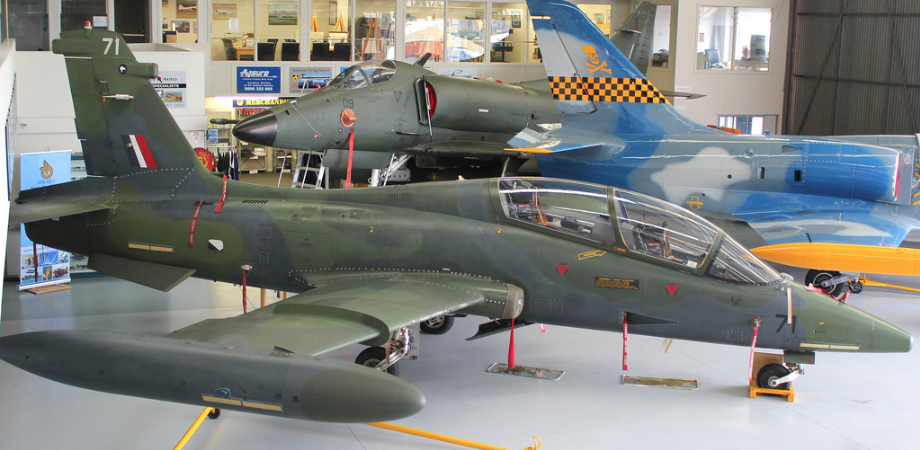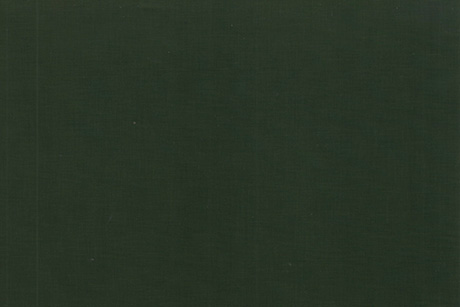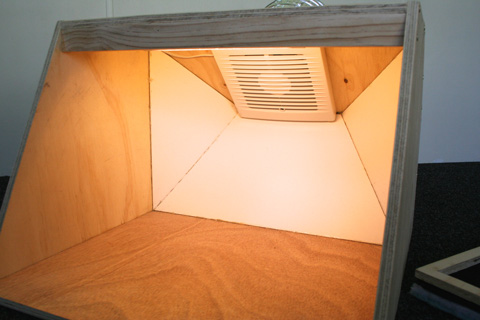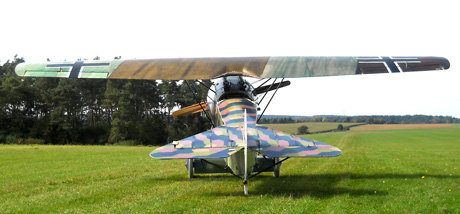Making model aircraft
I got hooked on plastic model kits in the fifties with the very first Airfix kits, followed by Frog and others. After great enthusiasm in the seventies, I got completely bogged down spending my time researching what to make and how to make it but not actually completing anything. I hope that has now changed — I’ve managed to drag myself away from the computer long enough to set up a dedicated workshop space in a garden shed, and I intend to use it to complete a good many models (1/48 and 1/32 scale). Maybe even post build logs here …
Build log: Fokker D.VIII — 1/32 MikroMir
Background
Once upon a time, (well, the 70s to be precise), not long after a group of us in the Hutt Valley had formed the Wellington branch of IPMS (the International Plastic Modellers Society), we were approached by Malcolm Laird. He had the idea of setting up a business producing vacuum-moulded model kits, which he called Falcon Models. We supported him as much as we could by providing information and other assistance, but really we just watched in awe. To establish what market he should aim for, he first tried out various aircraft subjects that took his fancy. A 1/48 B.E.2c wasn’t a good seller, and neither was the 1/32 Fokker D.VIII, so that was the end of World War One kits.
But I liked the Fokker. I wanted to build it, but the problem was how to represent the ‘lozenge’ fabric (Flugzeugstoff). I toyed with the idea of painting it by hand or using a stencil, but then lost interest. Twenty years later, in the 90s, I got access to a colour laser printer. At this time the modelling section of The Aerodrome WW1 aviation forum was at its most interesting (see below), and I had copy of the Methuen colour book, so I used Photoshop to match the colours of the fabric. Eventually I produced some pretty good lozenge-pattern printouts on decal paper; good enough to spur me into seeing what I could do with the old D.VIII kit. It went very well, until I found just how hard it was to get information on the the cockpit interior, and then life generally just got in the way again, and I didn’t finish it. See how far I got:
 The Falcon kit of the Fokker D.VIII, just one sheet of plastic.
The Falcon kit of the Fokker D.VIII, just one sheet of plastic.
 This is where I stopped. It’s a pretty good kit actually.
This is where I stopped. It’s a pretty good kit actually.
Now it’s 2018, and a number of things have happened. I’ve retired, and (theoretically) have the time to get back to modelling. Also, Achim Engels has produced three superbly accurate replicas — his own is now in Australia, and two airframes were finished by TVAL at Hood Aerodrome. Now, there is plenty of information, and no excuses. And, to top it off, I managed to get hold of the MikroMir (ex-Avis) 1/32 kit (so I wouldn’t have to do so much scratch-building), as well the Aviattic lozenge decal sheets. What could hold me up now?
The interior
The first thing I didn’t like about the MikroMir kit was the tubular fuselage structure. It’s incomplete, rough and flimsy. It would need a lot of cleaning up to remove flash and sprue attachment points, and one bit had already broken off in the box. I didn’t fancy my chances of doing the work successfully, so I built a new framework out of plastic rod and stretched sprue.
The next thing was the plywood fairing that transitions the shape of the aircraft from the round rotary engine to the square fuselage: it was moulded as if it were part of the fuselage steel-tube structure. In fact it was a plywood triangle framed with wooden strips. Easy enough to fix.
 Fuselage framework, made from 0.75 mm plastic rod. Kit structure in foreground.
Fuselage framework, made from 0.75 mm plastic rod. Kit structure in foreground.
 Correcting the fuselage sides. The modification at top is more like the original plywood fairing.
Correcting the fuselage sides. The modification at top is more like the original plywood fairing.
Next — I sprayed the frame in the appropriate Fokker colour (well, Tamiya XF76 anyway) and wrapped the longerons in strips of lozenge fabric decal (I need to do the bottom ones yet). The screen behind the pilot is thin plastic card with an attempt at representing at least some of the cord lacing with sewing thread run through beeswax. It’s a bit overscale, but using wire or paint just didn’t look right. I’ll even it up and tone it down a bit, but you won’t see much anyway with the seat in place. The double bracing wire is done with nylon monofilament given a metallic finish with a silver Sharpie. The floor is plastic card with a wood decal; the heel plates are aluminium foil rubbed over a suitably texture surface and the guides cut from card with a circle cutter.
Hey — no kit parts used yet!

 A real Aeromacchi. Pretty smooth.
A real Aeromacchi. Pretty smooth. The Frems interpretation of the panel lines. Looks like a diecast toy.
The Frems interpretation of the panel lines. Looks like a diecast toy.
 A scan of the Aviattic decal representing “dark” PC10 doped linen
A scan of the Aviattic decal representing “dark” PC10 doped linen A Vintage Aviator Ltd replica SE5a at Masterton (note the rib that is missing from the fin in the Wingnut Wings kit)
A Vintage Aviator Ltd replica SE5a at Masterton (note the rib that is missing from the fin in the Wingnut Wings kit)
 The finished product
The finished product With filter removed
With filter removed Showing the fan and baffles
Showing the fan and baffles Fokker D.VIII replica at Masterton, with wing painted olive green
Fokker D.VIII replica at Masterton, with wing painted olive green Fokker D.VIII replica at Schorndorf, with wing streaked in patches of stain
Fokker D.VIII replica at Schorndorf, with wing streaked in patches of stain